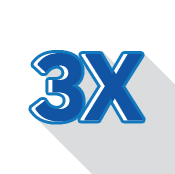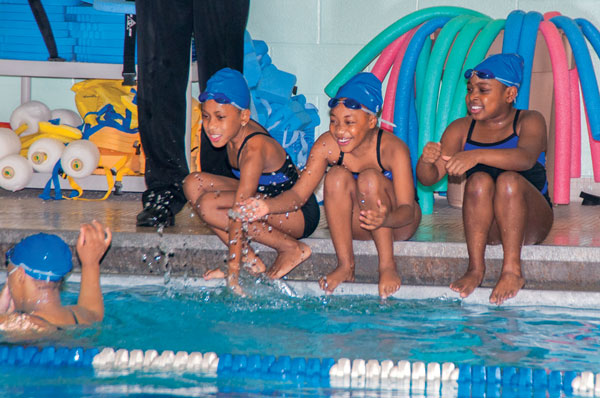Empowering communities
Empowering
communities through
swimming.
through swimming.
Here in Buffalo, water is all around us—from Lake Erie to a network of creeks and canals. This makes the ability to swim an essential safety skill. Unfortunately, there have historically been economic and cultural barriers preventing many families from accessing formal swim lessons.
Addressing the needs.
Learning how to swim can be both life-saving and life-changing. By expanding access to formal swim lessons in the City of Buffalo, our program addresses multiple major needs.
City Swim Project, Inc. is a tax-exempt organization under Section 501(c)(3); as such, donations made to the organization are tax-deductible.
Our EIN is 46-0526467.
Improving water safety and saving lives.
Improving
water safety
and saving lives.

Formal swimming lessons reduce the likelihood of childhood drowning by 88%.

According to USA Swimming, minorities drown at a rate 3 times greater than Caucasian children.

USA Swimming Foundation study through the University of Memphis and University of Nevada, Las Vegas, 2017

Closing the
socioeconomic gap.
Children who qualify for free or reduced school lunch programs are 63% less likely to have good swimming ability.
79% of children in households with incomes less than $50,000 have little-to-no swimming ability.*
*USA Swimming Foundation study through the University of Memphis and University of Nevada, Las Vegas, 2017
Breaking the cycle.
Breaking
the cycle.
If parents have no/low swimming ability, there’s a high likelihood their children won’t have good swimming skills.
%
African American Children
%
Caucasian Children
%
Hispanic / Latino Children
Workforce development
Swimmers develop life skills that translate to becoming quality employees, including confidence, problem-solving, goal setting, time management, teamwork, respecting others, communication, dealing with failure, commitment, focus, and task mastery.
Nutrition education
Over the past three decades, childhood obesity rates in America have tripled. Athletes learn the importance of a balanced diet, how nutrition affects classroom and sport performance, and how to make healthy food choices.
Improving academic performance
Studies show that athletes perform better academically than the average student.
A study of athletes from Kansas, Lumpkin, and Favor found “high school athletes earned higher grades, graduated at a higher rate, dropped out of school less frequently, and scored higher on state assessments than did non-athletes” (2012).
Promoting overall health and wellness.
Promoting overall
health & wellness.
Erie County was ranked 56th out of 62 counties for health outcomes in New York State.
%
In 2012, 34% of children in the City of Buffalo are considered overweight or obese.
%

